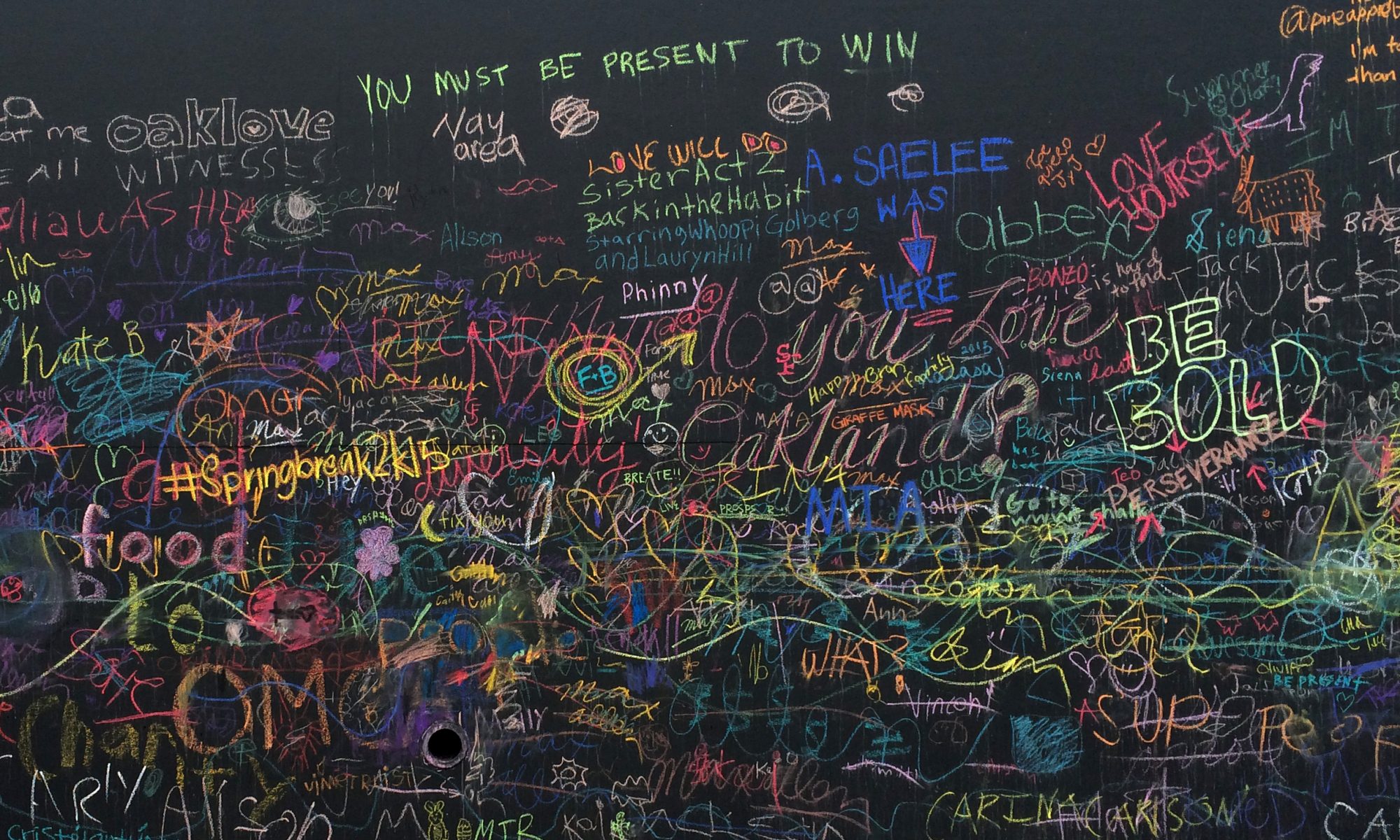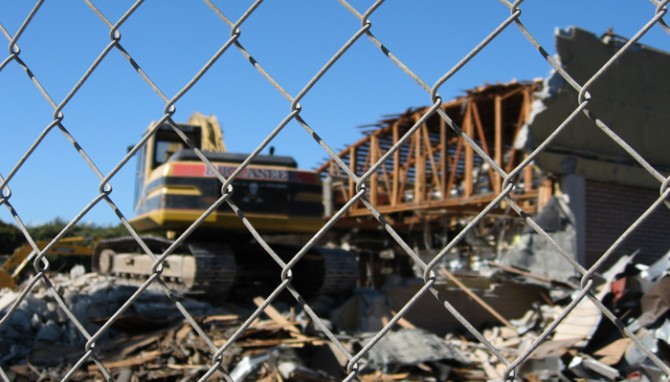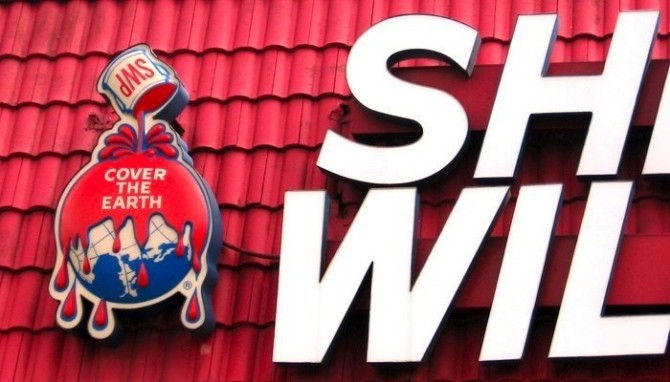In June I was able to attend part of the Sustainable Brands 09 conference in Monterey. Some conference highlights:
Corporate iguanas
My favorite moment of the conference came with the reference by Dev Patnaik to “Corporate Iguanas”. The reptilian brain has no empathy or social awareness, which leads reptiles to “treat each other like furniture” and eat their own. That certainly does sound like a few corporations I know.
People who need people
The social and organizational sides are often left out of the sustainability conversation, presumably because the environmental stuff is easier to measure and understand. However, People is indeed one of the 3 Ps so I was heartened to see Frito-Lay includes Talent as a major part of their sustainability strategy. Creating a sustainable organization relies on the ability to attract and retain the best employees.
Proverb from the Sun Chips guy
If you want 1 year of prosperity, plant corn.
If you want 10 years of prosperity, plant trees.
If you want 100 years of prosperity, educate people.
Apathy
Jez Frampton of Interbrand says 95% of customers would consider buying green products, but only 22% do — that’s the opportunity space. (I thought this was contradicted by another number that stated somewhere north of 10% actively refuse to buy green, so how can 95% consider it?) He also said only 42% of CEOs say sustainability is on their agenda and only 19% of boards say so. Nice to see the boards are taking their oversight responsibilities seriously. I was disappointed that Frampton’s discussion about expressing the lifetime impact of buying a BMW somehow stopped at ownership, overlooking end of life entirely.
Effecting change
At the end of day 2, I finally saw a system map! (I have an unnatural love of system diagrams and process graphics.) A consultant working with Starbucks brought together all the coffee cup stakeholders, from Dow through the municipal recycling facility, and familiarized them with each other and how they interconnect. An important takeaway was that even though there may be parts of the system that have a larger impact, the party that feels the pain is the one who will make the change. In this case, it’s Starbucks that is doing the work because it benefits from or is punished by the sustainability PR.
Familiar faces
It was nice to be at a conference where I know people! The MBA in Design Strategy program was well represented by our program chair, Nathan Shedroff, who was speaking, plus another instructor and a big handful of our guest lecturers. This conference was a very friendly bunch, much more so than design conferences I have attended, and our program gave me a good opening to talk with strangers.
The speaker from IDEO, Owen Rogers, seemed familiar and I realized we were at a workshop together in Kansas City 7 years ago! That workshop was one of my first encounters with Nathan, too.


 Recently I was astonished to see this Sherwin Williams logo, which I assumed old signage. Seriously, who in the world would think this logo is a good idea? I was wrong. This very old mark — which, to its credit, looks decades newer than its pre-1900 origins — is in fact still the approved Sherwin Williams logo. How have I never noticed this before?
Recently I was astonished to see this Sherwin Williams logo, which I assumed old signage. Seriously, who in the world would think this logo is a good idea? I was wrong. This very old mark — which, to its credit, looks decades newer than its pre-1900 origins — is in fact still the approved Sherwin Williams logo. How have I never noticed this before?